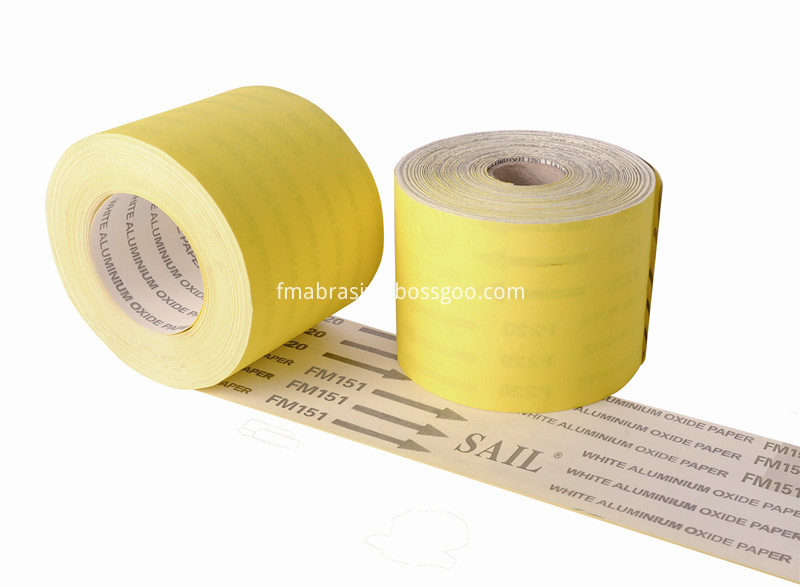After scouring, finishing the biological enzyme scouring method to improve the surface effect
After being scoured and bleached, the nonwoven fabric produced from cellulose fiber is not only clean in appearance, high in whiteness, but also has water absorption, wetting property, softness and absorption of fuel and finishing agent. The use of equal performance will produce large changes. In particular, scouring and bleaching processes are of great importance for the production and development of nonwoven sanitary material products. The refining treatment with an enzyme not only does not affect the skeleton of the cellulose, but also minimizes damage to the surface of the nonwoven fabric. If the agitation is carried out during the bio-enzyme scouring process, the effect of the nonwoven fabric can be improved. Cotton fiber is a natural cellulose fiber commonly used in nonwoven fabrics. The content of natural impurities in cotton fibers depends on the origin, maturity and other factors of the raw cotton. The purpose of scouring is to remove natural or artificial impurities contained in the fiber, such as waxy substances contained in natural cotton fibers, and the spinning oil, oil, and the like remaining on the synthetic fiber may also be scoured. Was removed. After scouring, the wetting, water absorption and the like properties of the nonwoven fabric can be remarkably improved, the appearance quality of the product can be improved, and the interference of the impurities on the dyeing and finishing processes can be prevented. Since the nonwoven fabric itself is not suitable for the scouring process in the conventional fabric finishing, the bulk fiber processing method is usually used when the product needs to be scoured. When scouring, the temperature required by the process is greater than or equal to 100 ° C. If the equipment allows, it is best to use 120 ° C ~ 130 ° C. Only this scouring condition can make the impurities in the fiber be well removed and ensure good Water absorption. Under the condition that the amount of scouring agent is constant, increasing the scouring temperature is beneficial to the removal of impurities and shortening the scouring time; on the contrary, the temperature is low and the scouring time is long. The biological enzyme scouring method is a cellulosic fiber scouring and processing technology that is being vigorously promoted. In the traditional scouring process, after scouring, a large amount of clean water is used for rinsing to generate a large amount of sewage, which has a great impact on the environment, but the biological enzyme refining method can not only effectively remove impurities, but also greatly reduce environmental pollution. The refining treatment with an enzyme not only does not affect the skeleton of the cellulose, but also minimizes damage to the surface of the nonwoven fabric. Appropriate mixing methods can have a positive impact on the scouring effect. If it is stirred during the bio-enzyme scouring process, the time can be shortened and the amount of the enzyme can be reduced, and the effect of the nonwoven fabric can also be improved.
White corundum abrasive is suitable for all kinds of high-end products, beautification treatment of surface of handcraft.hardware and so on. After sandblasting, the surface of workpiece is white without any impurities, eliminating the cleaning trouble. It is suitable for ultra fine grinding and polishing of crystal and electronic industry and making high quality refractory materials. It is suitable for processing hardened steel, alloy steel, high speed steel, high carbon steel and other materials with higher hardness and higher tensile strength. It can also be used as touch media, insulator and precision casting sand, etc.. 
White Aluminum Oxide Abrasive Paper
White Aluminum Oxide Abrasive Paper,Aluminum Oxide Paper Roll,White Abrasive Paper,Waterproof Sand Paper
Jiangsu Fengmang Compound Material Science & Tech Group CO.,LTD , http://www.fmabrasive.com